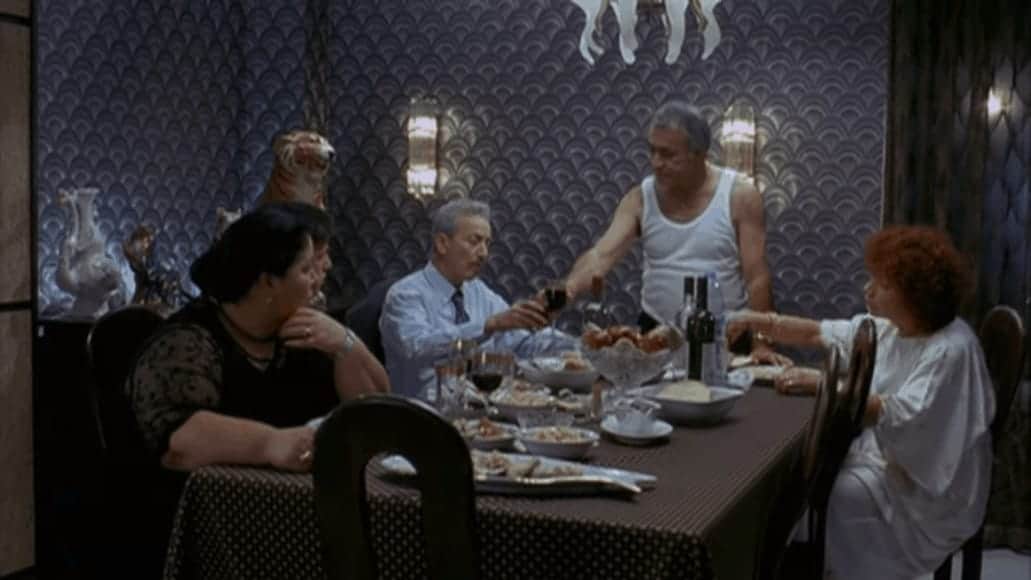“The Burmese Harp” (1956), “Fires on the Plain” (1959), “An Actor's Revenge” (1963). Those are only a few of the internationally critically acclaimed feature films of Japanese director Kon Ichikawa. His movies depict wide-ranging topics of Japan's society in the twentieth century and represent a versatile filmmaker that often falls short in comparison to other masters like Akira Kurosawa, Yasujiro Ozu or Kenji Mizoguchi.
“Youth” is screening at Japan Society

Primarily known for his fictional works, Ichikawa also produced a handful of documentaries, that had a striking impact especially in the field of sports documentary. Most significant are “Tokyo Olympiad” (1965), “Visions of Eight” (1973), and “Youth” (1968). Ichikawa uses the same approach for all of these documentaries. Focusing on the event itself and the athlete's endurance during the competition, Ichikawa follows a melodramatic concept of pain and glory.
Three years after the monumental “Tokyo Olympiad” about the Tokyo Olympic Games, the director turns to a purely national event that catches the attention of the Japanese since 1914. “Youth” is about a nationwide baseball tournament among high-schools organized by the newspaper Asashi Shimbun. Over 2485 teams enter the qualification phase of the competition. The documentary follows a few teams in their training camps from the freezing cold of Hokkaido to the heat of Okinawa, before turning to the main event at the Koshien Stadium.
Kon Ichikawa, who used to be a manga artist, chooses a unique style. Lively camera movement and the break-up of movements into individual shots are reminiscent of his former career. He uses archive material to retell the tradition of the tournament and its progress in a historical context. 1968 marks the 50th series of the game. After Ichikawa had the big success with his Olympic documentary (Winner in Cannes), he became sort of a typecast for such “official” documentaries. Later on, he also shot two nonsports documentaries called “Kyoto” (1969) and “Japan and the Japanese” (1970). For “Youth”, Ichikawa was approached by the newspaper and organizer Asashi Shimbun to join the project.
Another typical element is the use of slow-motion to underline the physical aspect of the sport. By slowing down the hectic situations of the game, Ichikawa creates a mythological atmosphere. Supported by bright colors filled with life and youth, a mix of wide and detailed shots, and experimental camera pans, “Youth” sets out for a holistic imagery that captures architecture and humans. The presented themes convey a feeling of national pride and military drill. Japan in the 60s is surely a victim of Americanization and Kon Ichikawa shows the impact of the sport on Japan's postwar generation.
The way the courses of the games are told is partly confusing since the focus is merely on the bodies and the movement. An off-commentator narrates the whole documentary, giving no voice to the players themselves. Jazz and classical music are used as a dramaturgical element to intensify the mythological effect of the film. Only in the last 30 minutes of “Youth”, the course of the game becomes important. Beginning with an intense duel between Omiya and Heian, the outcome of the match catches the attention of the viewer. It is vital for the quality of the film to draw the attention to the scores, because that's what makes “Youth” such a good documentary. Ichikawa combines his artistic approach with the thrill of the game. Different from “Tokyo Olympiad”, he does not alienate from the event itself by dissecting it too much until it isn't even about the sport anymore. At the end of the film, he finds the way back to the true core and concludes a documentary that takes you on a journey that is as versatile as its director himself.















